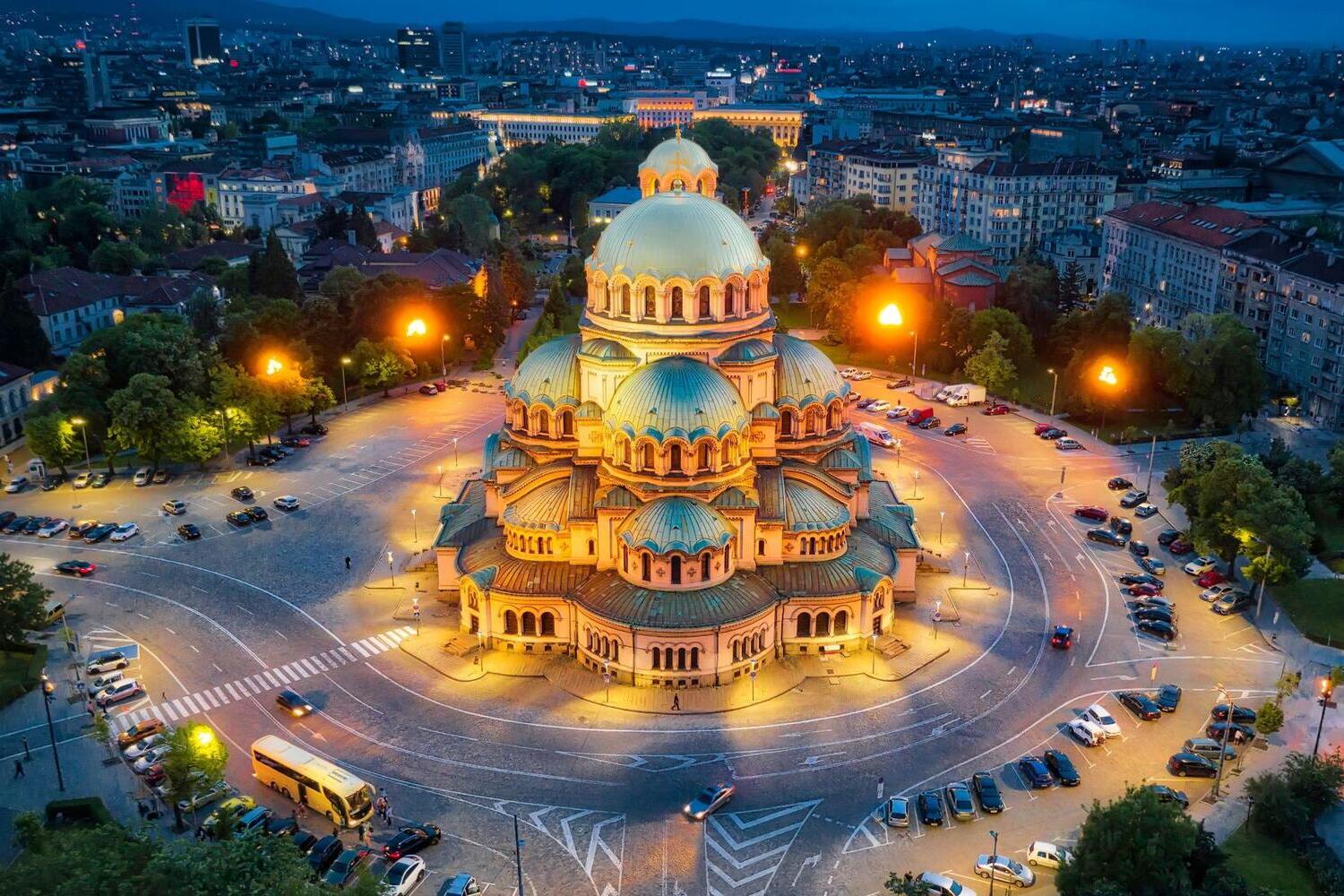Sofia is one of the oldest and most beautiful capitals in Europe, located in the very heart of Bulgaria. It serves as the cultural, historical, and economic center of the country, where ancient monuments and modern architecture harmoniously coexist. Sofia boasts a rich cultural heritage that spans thousands of years of history, and every corner of the city holds incredible stories and fascinating facts. In this city, various cultures and religions intertwine, creating a unique atmosphere. Here are some captivating facts about Sofia that you might not know.
- Sofia is one of the oldest cities in Europe, with a history spanning over 7,000 years. The first settlement on the territory of modern-day Sofia dates back to the Bronze Age, and over time, it became an important center for various cultures, from the Thracians to the Romans.
- The name “Sofia” originates from the Greek word “σοφία,” meaning “wisdom.” This name also symbolizes the Christian significance of the city, as one of Sofia’s main churches is the Church of St. Sophia, which has become an important part of Bulgaria’s religious and cultural heritage.
- Sofia became the capital of Bulgaria with the establishment of the modern Bulgarian state in the late 19th century. Before this, the city was an important center under various empires, such as the Roman, Byzantine, and Ottoman empires.
- One of the main architectural landmarks of Sofia is the Alexander Nevsky Cathedral, built in honor of Russian soldiers who died during the Russo-Turkish War of 1877-1878. This cathedral is one of the largest Orthodox churches in Europe, and its impressive design attracts tourists from all over the world.
- Sofia is known for its hot springs, and the city is famous for its thermal baths. One of the most popular thermal springs is the “Banya Bashi,” which has been an important part of the local culture since the time of the Ottoman Empire.
- Sofia is home to one of the oldest and largest archaeological collections in Bulgaria — the National Archaeological Museum. This place houses numerous exhibits that provide insight into the wealth and diversity of the city’s history, including artifacts from the Thracian, Roman, and Byzantine periods.
- One of the most unusual landmarks is the fresco “Wreath of St. Sophia.” This massive fresco cycle was created in the 13th century in the Church of St. Sophia and is an excellent example of medieval Bulgarian painting.
- Sofia is also famous for its green spaces and parks. One of the largest parks is Borisova Gradina, which is a favorite spot for walking, sports, and relaxation for both residents and visitors. This park contributes greatly to the city’s ecology and plays an important role in maintaining biodiversity.
- Sofia also boasts numerous museums and cultural centers, including the National Historical Museum and the Museum of Contemporary Art. These institutions play a crucial role in preserving and developing Bulgarian culture.
- Among the various architectural styles, you can see a combination of ancient Roman, medieval Byzantine, and Ottoman architecture, giving the city a unique appearance. One of these landmarks is the Roman Temple of Serapis, which still stands in the heart of Sofia.
- Sofia is located at a historic crossroads of trade routes, and the area is home to numerous ancient roads and ruins. The city has been an important trade center between the West and the East, which made it wealthy and influential over the centuries.
- Sofia is also famous for its delicious cuisine, which combines Bulgarian, Mediterranean, and Balkan dishes. Popular dishes such as banitsa, shopska salad, and moussaka are an integral part of the daily diet of the city’s residents.
- Sofia is home to several theaters, including the Ivan Vazov National Theatre, which is a major cultural center in Bulgaria. Regular performances of both classical and contemporary plays are held here, attracting artists from all over the world.
- Sofia is not only the cultural and historical center of Bulgaria but also an important economic hub. The city has a well-developed infrastructure and is home to numerous international corporations.
- In recent decades, Sofia has been rapidly developing, with new modern buildings, shopping centers, and residential complexes emerging, which makes the city a blend of ancient history and modern development.
These interesting facts about Sofia provide just a glimpse into the richness of this city. Sofia is not only the capital of Bulgaria but also a city with a rich history, cultural heritage, and modern spirit. The fascinating facts about this city help appreciate its importance and attractiveness for tourists and scholars. Sofia is truly a gem of the Balkans that deserves your attention and exploration.





